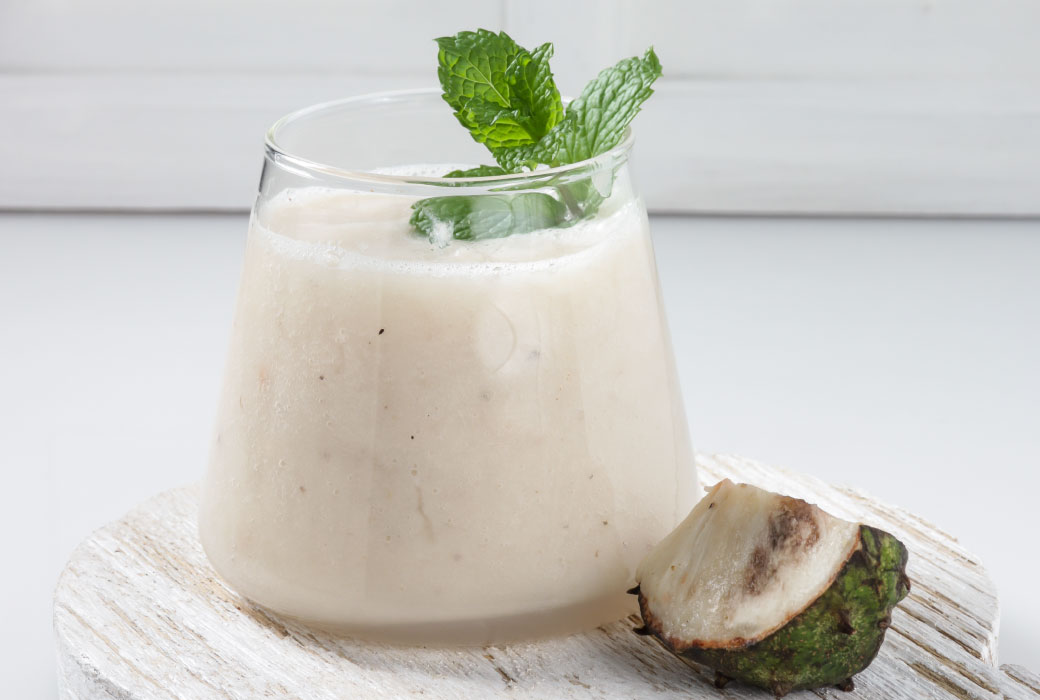The soursop fruit is known for its distinctive appearance and flavor. It is large, with a spiky green skin that is covered in soft, fleshy protrusions. When ripe, the skin may turn slightly yellow or brown. The flesh of the fruit is creamy and white, with a fibrous texture and numerous black seeds. The flavor of soursop is often described as a combination of sweet and tart, with notes of pineapple, citrus, and strawberry.
Soursop is highly valued for its culinary uses. It is commonly consumed fresh, either on its own or used as an ingredient in various dishes and beverages. The fruit is used to make juices, smoothies, ice creams, and sorbets. In some regions, soursop is also used to make jams, jellies, and desserts.
Aside from its delicious taste, soursop is also known for its potential health benefits. It is rich in vitamins and minerals, including vitamin C, vitamin B6, and potassium. Soursop also contains beneficial compounds, such as antioxidants and anti-inflammatory agents. In traditional medicine, various parts of the soursop tree, including the leaves, bark, and roots, have been used for their potential medicinal properties.
The Annona muricata tree requires a warm and tropical climate to thrive. It grows best in well-drained soils and is often found in regions with high humidity. The tree can reach a height of 20 to 30 feet (6 to 9 meters) and produces fruit year-round.
Soursop has gained popularity worldwide due to its unique flavor and potential health benefits. However, it’s important to note that the availability of soursop may vary depending on your location and the season. It is best to check with local markets or specialty stores for the availability of this tropical fruit.





